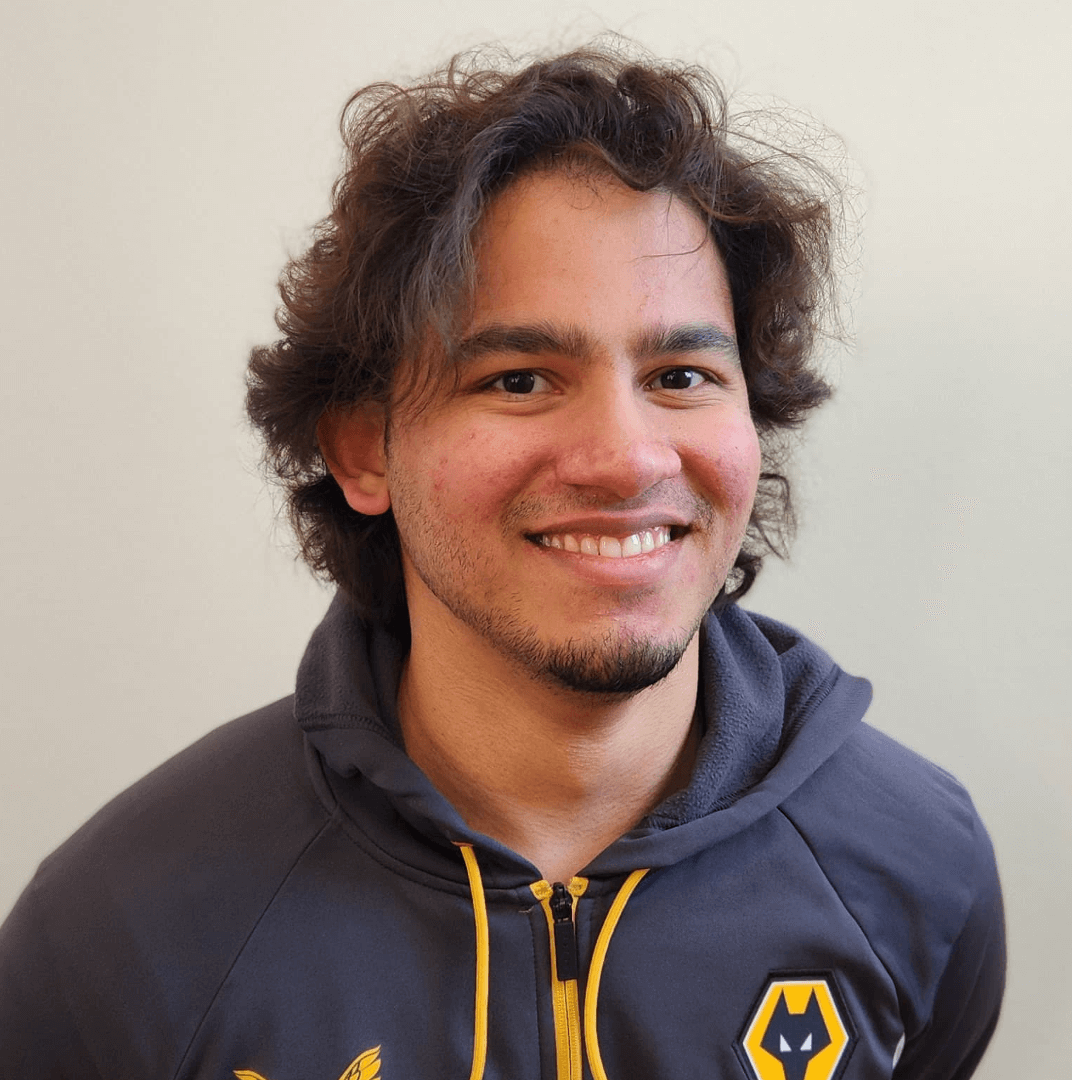Modelling Soil as a Living System: Feedback between Microbial Activity and Spatial Structure
Riz Fernando Noronha, PhD Student, University of Copenhagen, Denmark
 Soil is a complex, dynamic material, with physical properties that depend on its biological content. We propose a cellular automaton model for self-organizing soil structure, where soil aggregates and serves as food for microbial species. These, in turn, produce nutrients that facilitate self-amplification, establishing a cyclical dynamic of consumption and regeneration. Our model explores the spatial interactions between these components and their role in sustaining a balanced ecosystem. The main results demonstrate that (1) spatial structure supports a stable living state, preventing population collapse or uncontrolled growth; (2) the spatial model allows for the coexistence of parasitic species, which exploit parts of the system without driving it to extinction; and (3) optimal growth conditions for microbes are associated to diverse length scales in the soil structure, suggesting that heterogeneity is key to ecosystem resilience. These findings highlight the importance of spatio-temporal dynamics of life in soil ecology.
Soil is a complex, dynamic material, with physical properties that depend on its biological content. We propose a cellular automaton model for self-organizing soil structure, where soil aggregates and serves as food for microbial species. These, in turn, produce nutrients that facilitate self-amplification, establishing a cyclical dynamic of consumption and regeneration. Our model explores the spatial interactions between these components and their role in sustaining a balanced ecosystem. The main results demonstrate that (1) spatial structure supports a stable living state, preventing population collapse or uncontrolled growth; (2) the spatial model allows for the coexistence of parasitic species, which exploit parts of the system without driving it to extinction; and (3) optimal growth conditions for microbes are associated to diverse length scales in the soil structure, suggesting that heterogeneity is key to ecosystem resilience. These findings highlight the importance of spatio-temporal dynamics of life in soil ecology.
Reference:
https://arxiv.org/abs/2502.20662
